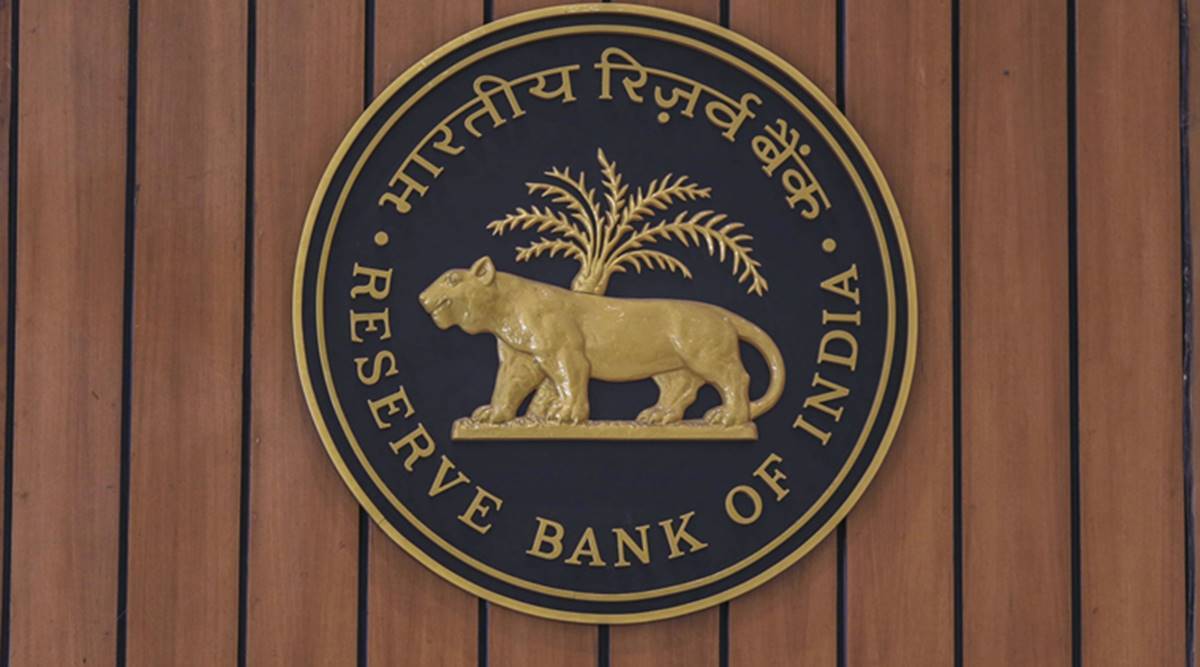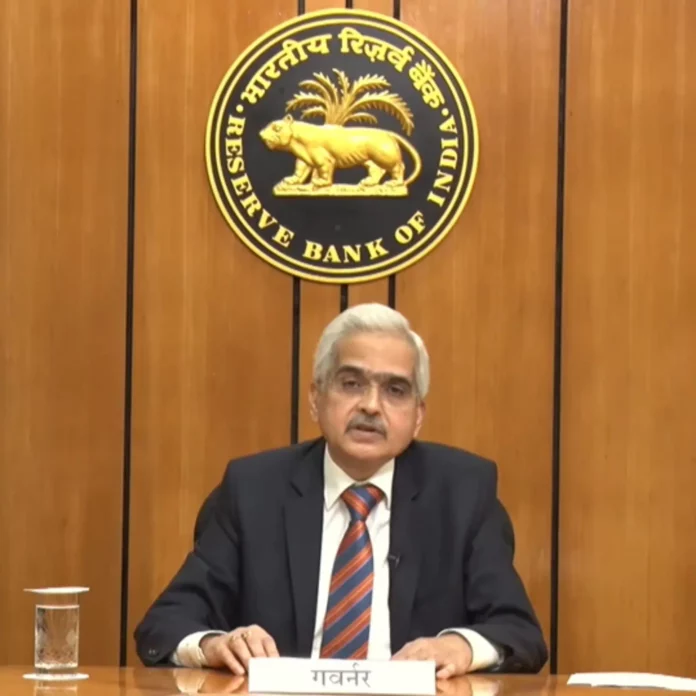The Reserve Bank of India (RBI) recently informed the Delhi High Court that the withdrawal of ₹2000 currency notes is part of a comprehensive currency management exercise and should not be considered as demonetisation. The RBI had announced on May 19 the decision to withdraw the ₹2000 notes from circulation, with banks instructed to provide deposit and exchange facilities for these notes until September 30, 2023.
During the court proceedings, Advocate Parag P Tripathi, representing the RBI, explained to a bench consisting of Chief Justice Satish Chandra Sharma and Justice Subramonium Prasad that the ₹2000 notes have virtually been kept out of circulation for some time as they are not being actively used as a currency. He further highlighted that the quality of these notes has deteriorated over time.
The RBI’s counsel contended that the decision to withdraw ₹2000 notes was an economic policy decision, opposing a petition challenging the recent notifications related to the withdrawal. The plea was filed by Rajneesh Bhaskar Gupta, who questioned the RBI’s authority to make such a decision under the Reserve Bank of India Act. The petitioner argued that the withdrawal of the banknotes after 4-5 years of circulation, within a specific deadline, was unjust, arbitrary, and contrary to public policy.
The petition emphasised that the RBI’s circular did not mention that the central government had taken the decision. It further stated that apart from the “Clean Note Policy,” which the RBI cited as the reason for the withdrawal, no other justification was provided for such a significant and arbitrary decision affecting the general public. The court noted the arguments and decided to hear the matter on Monday, considering that the judgment in a similar petition was pending.
In a separate plea heard earlier in the week, lawyer and Bharatiya Janata Party leader Ashwini Upadhyay challenged the notifications by the RBI and the State Bank of India, which enabled the exchange of ₹2000 banknotes without identification proof. The Delhi High Court reserved its order on this plea as well.
Withdrawal of ₹2000 Currency Notes: Currency Management Exercise or Unjust Policy Decision?
The fresh petition filed by Rajneesh Bhaskar Gupta contended that small vendors and shopkeepers had already stopped accepting ₹2000 notes. It further stated that the RBI had not clarified the benefits to the central bank or the national economy resulting from the withdrawal of the ₹2000 denomination. The petition also referenced the hardships faced by citizens during the demonetisation of ₹500 and ₹1000 notes in 2016.
The petition argued that the ₹2000 banknotes, introduced in 2016 to compensate for the removal of ₹500 and ₹1000 notes, were in good condition and had robust security features, making them unnecessary to withdraw under the “Clean Note Policy” or any other pretext. The petitioner emphasised that the “Clean Note Policy” primarily targeted damaged, counterfeit, or soiled notes, rather than all good banknotes.
It is worth noting that the printing of ₹2000 notes was halted in 2018-2019 as an adequate supply of other denominations became available, and there was an increased emphasis on digital transactions. The RBI announced the withdrawal of the ₹2000 notes, stating that they had reached the end of their estimated lifespan.
The decision to withdraw the ₹2000 currency notes stirred debates and speculation about the underlying reasons behind the move. Critics raised concerns about the impact on small businesses and the inconvenience caused to the public, while others questioned the efficacy of the decision in achieving its intended objectives.
 The RBI’s assertion that the withdrawal of ₹2000 notes is part of a currency management exercise aimed at maintaining an efficient and secure monetary system is an attempt to address these concerns. The central bank maintains that the decision is not tantamount to demonetisation, as it does not render the notes invalid or without value. Instead, it is seen as a strategic step to optimize the currency circulation in the country.
The RBI’s assertion that the withdrawal of ₹2000 notes is part of a currency management exercise aimed at maintaining an efficient and secure monetary system is an attempt to address these concerns. The central bank maintains that the decision is not tantamount to demonetisation, as it does not render the notes invalid or without value. Instead, it is seen as a strategic step to optimize the currency circulation in the country.
The petitioner’s contention that the RBI lacks independent authority under the Reserve Bank of India Act to make such a decision raises questions about the legal framework governing currency management. The court’s upcoming judgment in a similar petition challenging the notifications issued by the RBI and the State Bank of India may provide further clarity on the matter.
Withdrawal of ₹2000 Currency Notes: A Comprehensive Currency Management Exercise or Unjust Demonetisation?
The RBI’s move to withdraw the ₹2000 notes has already had an impact on the economy, particularly on small vendors and shopkeepers who have stopped accepting these notes. The petition argues that the RBI should have considered the potential consequences and challenges faced by the public before implementing such a decision.
In response, the RBI may contend that the decision was based on a careful assessment of various factors, including the quality of the notes, the circulation patterns, and the overall currency requirements of the economy. The central bank might also emphasise the need to adapt to evolving economic circumstances and technological advancements, such as the increasing prevalence of digital transactions.
 The withdrawal of high-denomination notes has been a recurring theme in India, with the demonetisation of ₹500 and ₹1000 notes in 2016 being a notable example. The decision back then aimed to curb corruption, black money, and counterfeit currency. However, it was met with mixed reactions and resulted in significant disruptions across various sectors of the economy.
The withdrawal of high-denomination notes has been a recurring theme in India, with the demonetisation of ₹500 and ₹1000 notes in 2016 being a notable example. The decision back then aimed to curb corruption, black money, and counterfeit currency. However, it was met with mixed reactions and resulted in significant disruptions across various sectors of the economy.
Given the previous experiences with demonetisation, the petitioner’s concerns about the potential hardships faced by citizens are not unwarranted. The impact on daily transactions, access to cash, and the overall functioning of the economy should be carefully considered in any decision related to currency management.
The RBI’s decision to withdraw the ₹2000 notes comes at a time when the world is witnessing a rapid shift towards digital payments and a reduced reliance on physical cash. The central bank’s emphasis on maintaining the quality and security of currency notes aligns with the broader goals of promoting a modern and efficient payment ecosystem.

